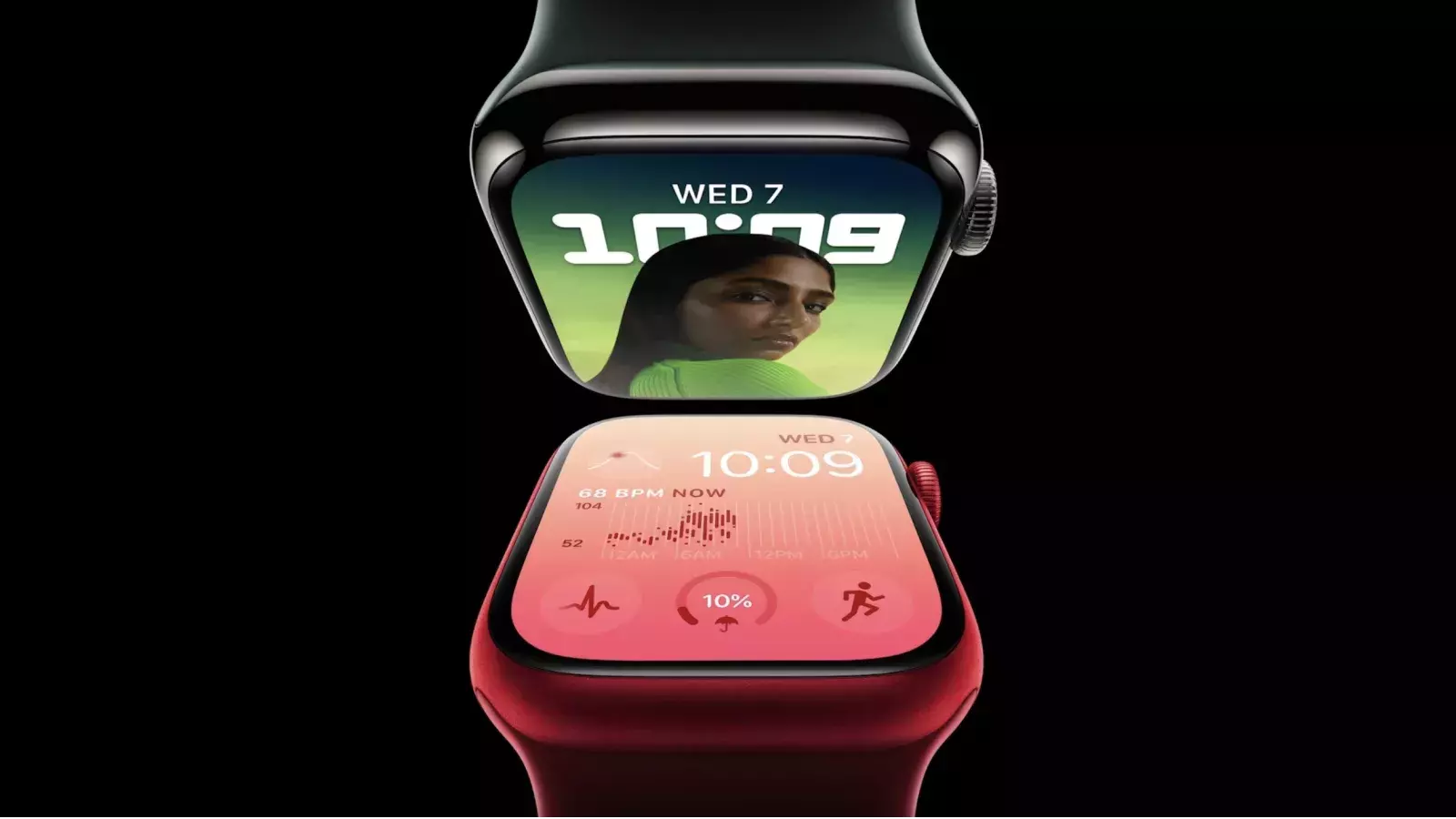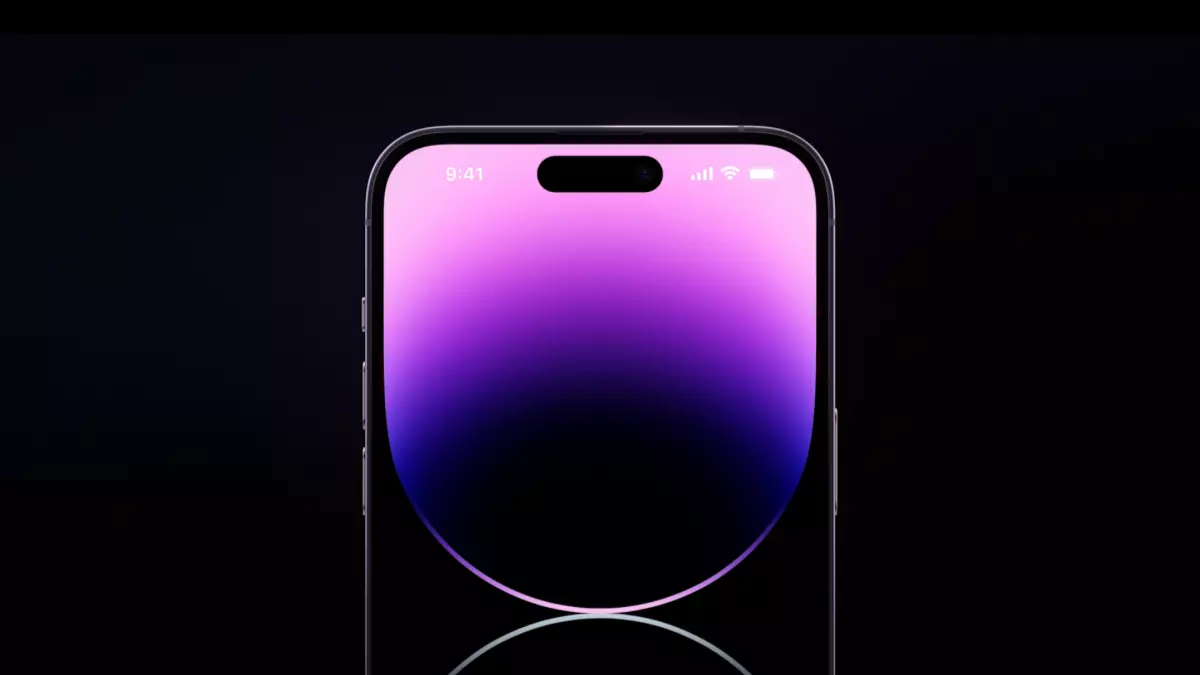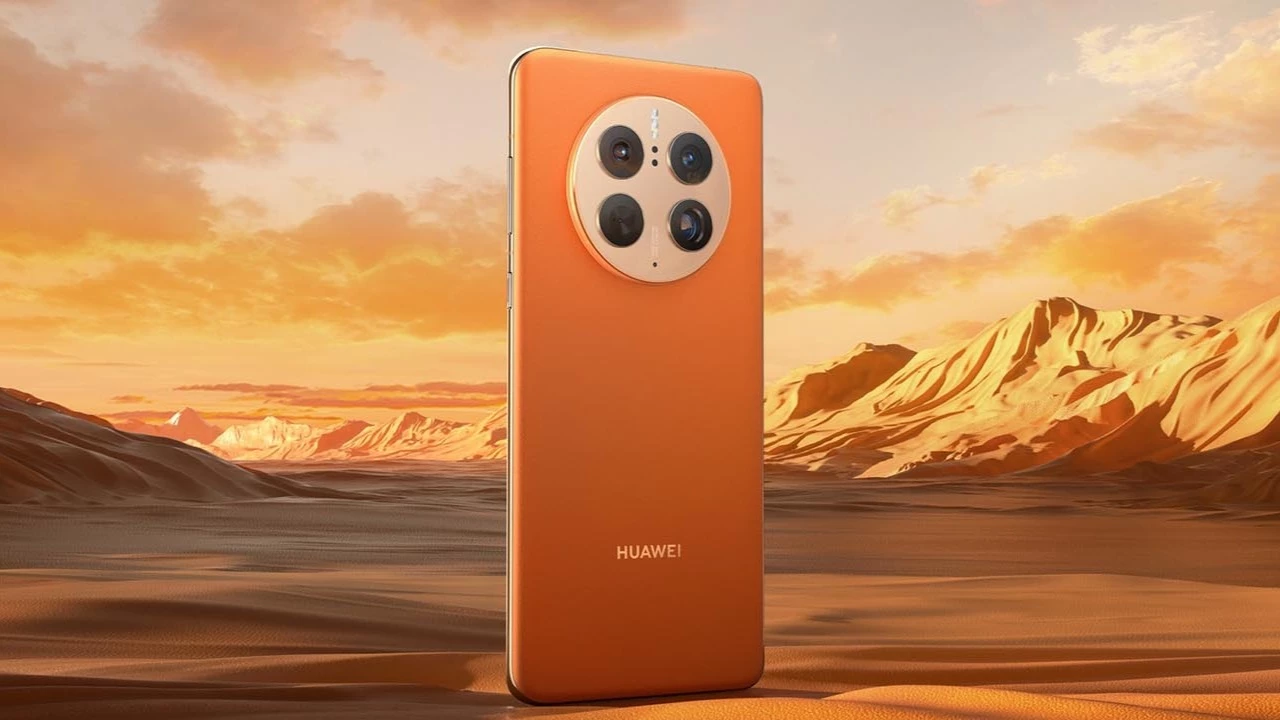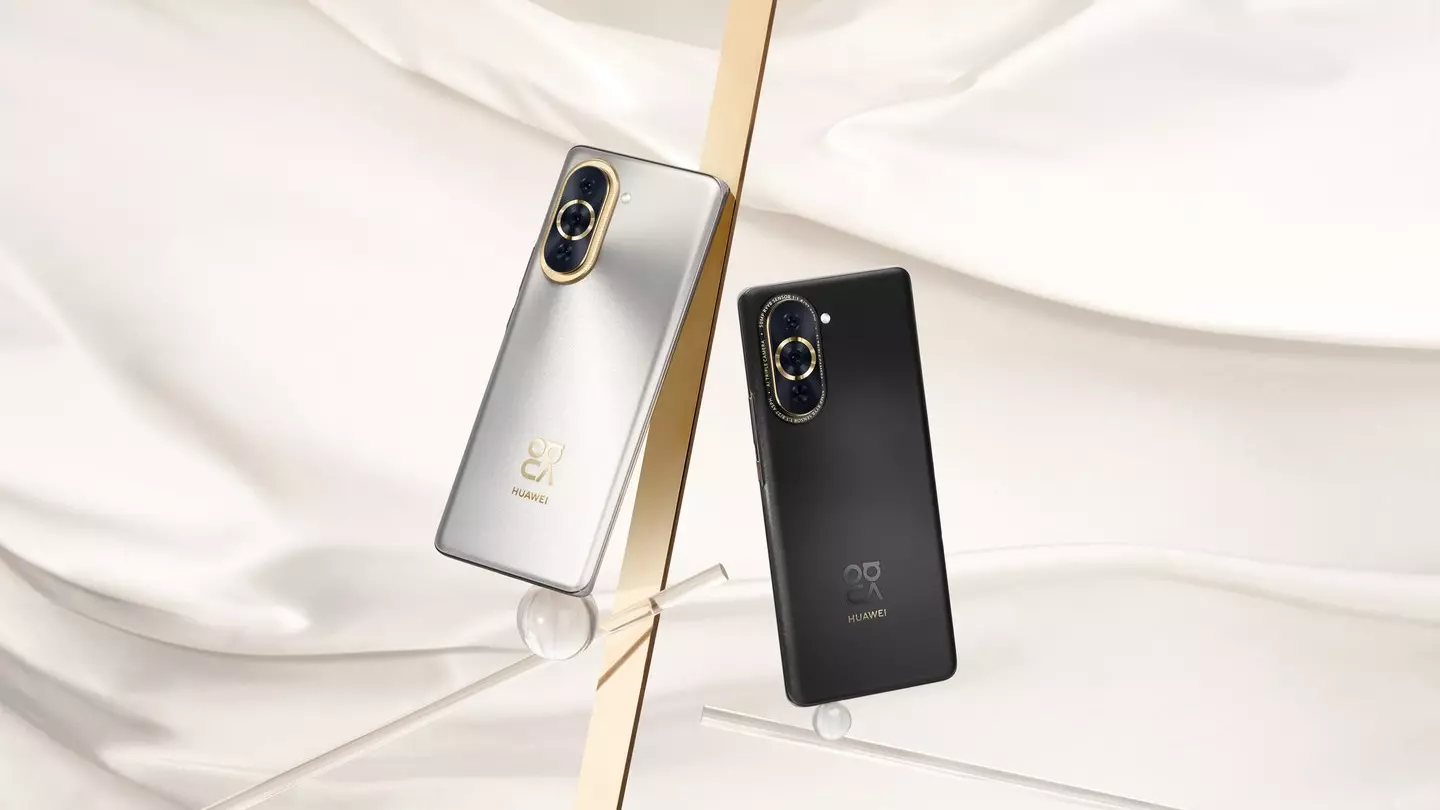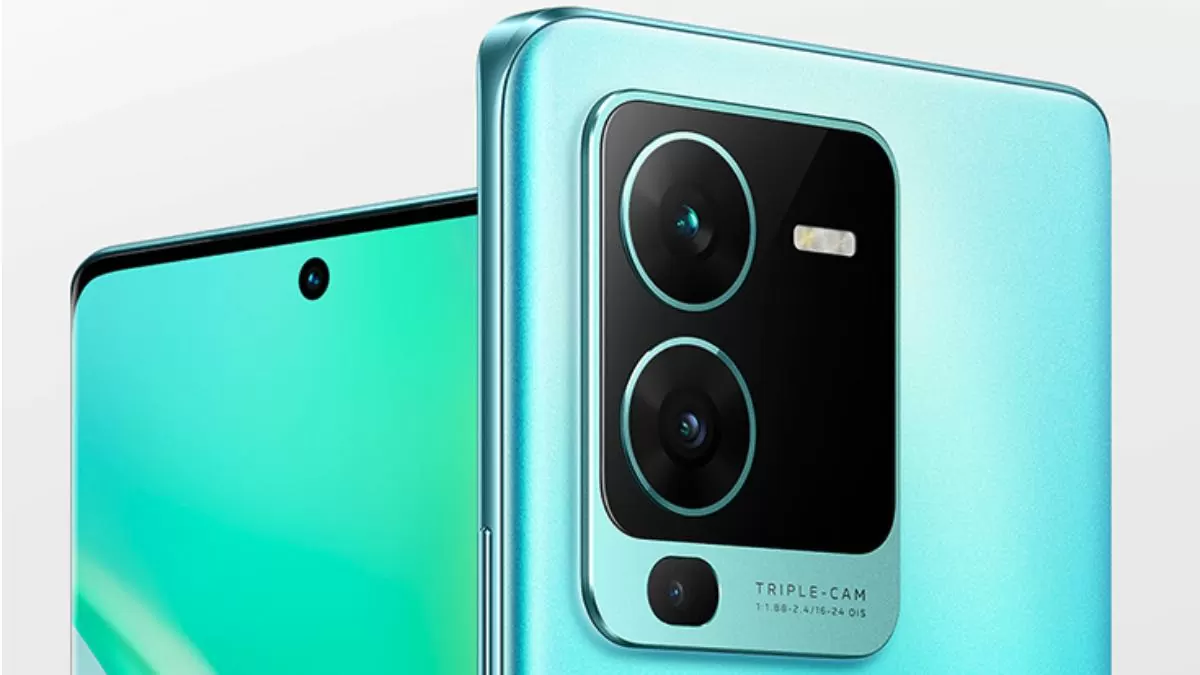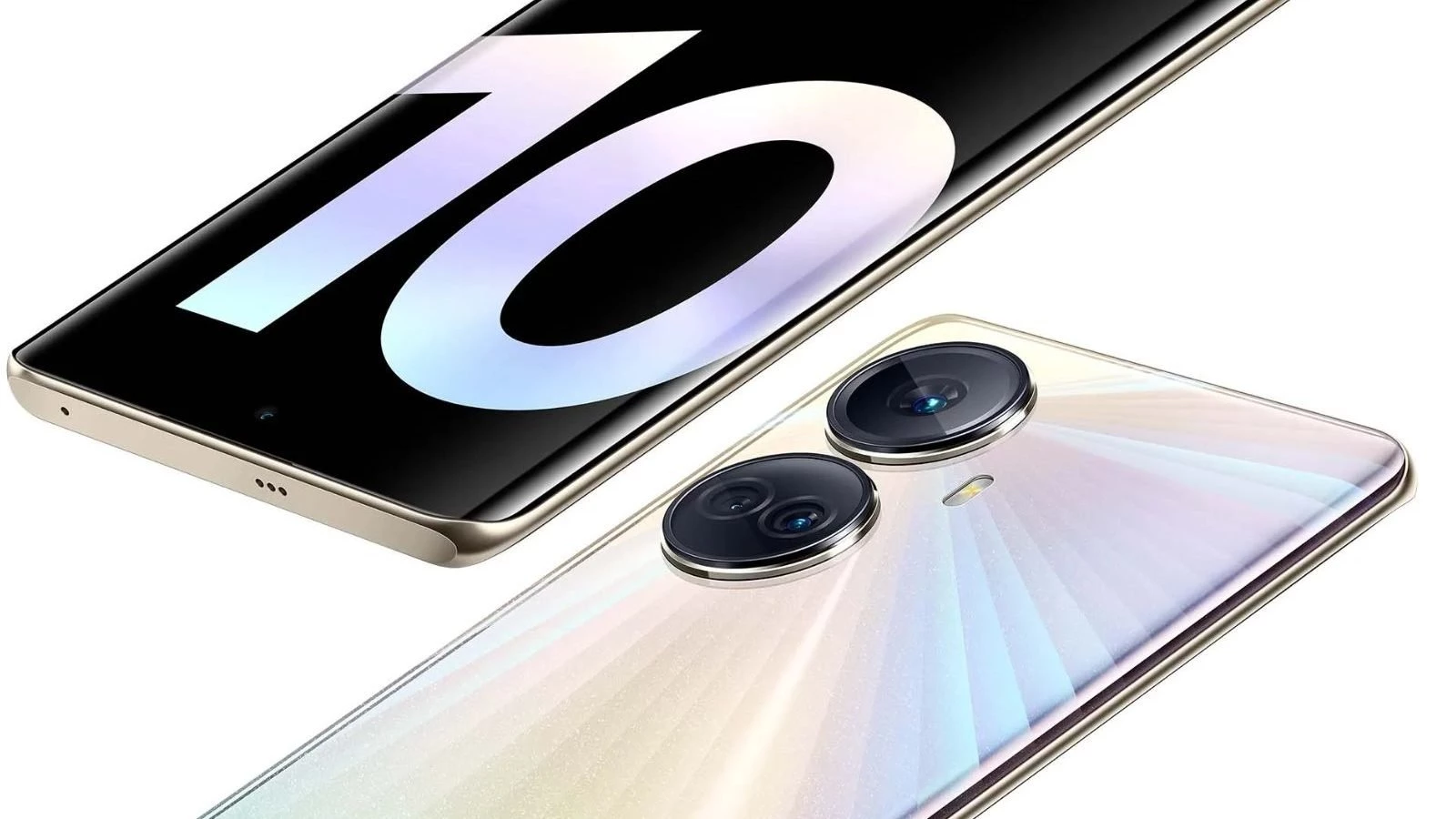Poco X5 Pro 5G Review
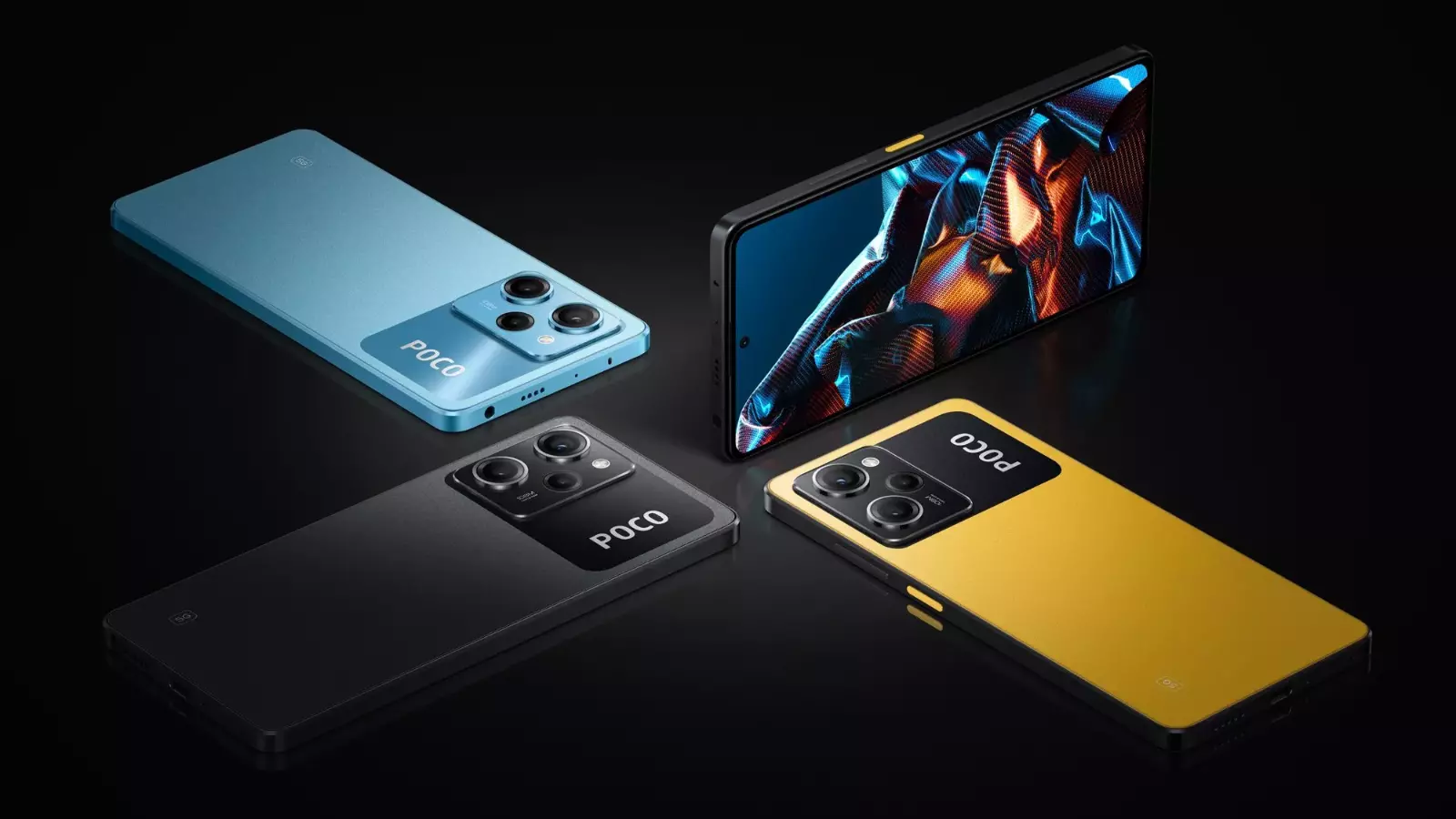
Content
Xiaomi is traditionally famed for the pace of smartphone production—new models from its brands are released almost every month. However, there are lines with devices that users remember more than others, and the Poco X Pro series is one of these (only the “folk” Redmi Note Pro surpasses it in popularity). Spent a few days with a smartphone and share my impressions. In short: it’s hard to find fault with the new product, it really shows itself from the best side. True, there are enough competitors.
Flat design
It is difficult to blame the X5 for its outdated exterior – on the contrary, the device is made in a “flat” design, without special rounding from both the front and back sides. Remotely, with a general outline, the device gives the “iPhone” of the latest generations. Although devices with flat edges of the case are not only the know-how of Apple, there are also enough of them in the camp of Android gadgets. 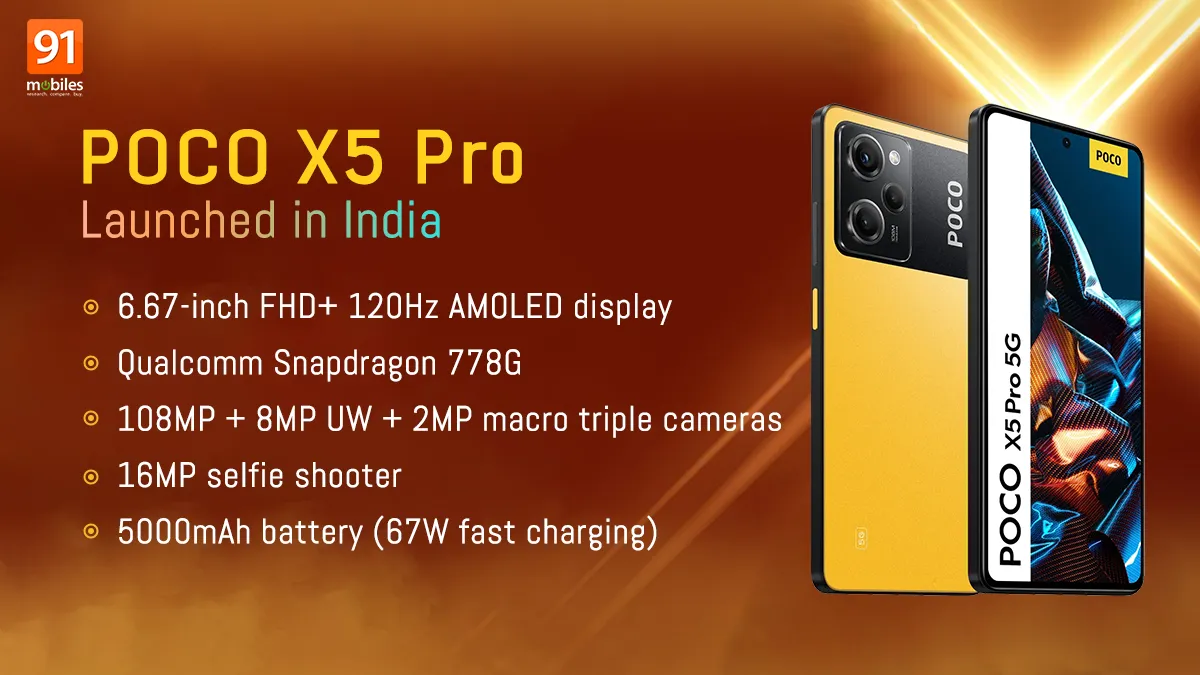 Characteristics:
Characteristics:
- NFC. One of the interesting solutions is placing the display on a separate “plateau”, as if towering above the rest of the body. The fingerprint scanner is traditionally placed in the power key on the right – it works almost perfectly, do not undermine. For some, it will be important to have a 3.5 mm jack for wired headphones, for others, an IR sensor for controlling household appliances and an NFC module. Separately, I would like to highlight the soft vibration response – you should not expect different levels of power for notifications from different programs, but the motor itself is not the cheapest.
- microSD. In general, a standard set of chips was placed in the Poco X5 Pro, as for a smartphone from a Chinese manufacturer. The only downside is without a microSD card slot. If suddenly you store the entire collection of music and photos on such a card, it will have to be synchronized separately. On the other hand, a modification of a smartphone with 256 GB of storage is officially delivered in Belarus – 99% of users will have enough.
- Stereo speakers. Of the neutral points – stereo speakers, which in fact are rather “one and a half”. The upper speaker sounds noticeably quieter than the lower, main speaker. In addition, its grille is placed on the top edge of the device so that the sound comes from the side, and not directly at you. It’s good that they didn’t completely abandon the speaker grill – it is probably, although combined with the top one, but there is no effect in which your conversation is heard by everyone around you.
- Proximity sensor. And yet, there is no “generic” problem of some Xiaomi smartphones with an incorrectly working proximity sensor (in some models it was simply not installed) in Poco X5 Pro. The screen goes blank if you put the phone to your ear while talking.
- IP53. Subjectively, in a smartphone for almost $500 at the exchange rate, I would like to see not only plastic, but also glass – but it’s not entirely fair to blame only Xiaomi for this. Competitors in this price range (Realme, Huawei, Samsung) are also completely plastic. Splash protection (IP53) has not been abandoned in the novelty. The package includes a 67-watt power adapter (more on the power replenishment later) and a transparent protective case – everything is in order.
Screen
Poco X5 Pro has a 6.67-inch display – above average, but a bulky phone from – this does not happen. Its matrix is AMOLED, the resolution is Full HD + (or 2400 by 1080 pixels, 395 ppi). There is a refresh rate of 120 Hz, as well as support for Dolby Vision and HDR10+ profiles.  Display:
Display:
- HDR. More about the latter. In reality, it is quite nominal because the maximum screen brightness (in automatic mode) is approximately 900 nits. That's enough to be comfortable outdoors on a bright sunny day, but still a bit short for a full HDR effect. Don't get me wrong: the Poco X5 Pro plays HDR videos on YouTube without any problems (except one oversight – more later), but the same effect as on the flagships, where the screens reach 1700 – 2000 nits of brightness, not to be expected.
- Bright. However, in ordinary life, the device’s screen clearly shows its best side – it’s nice that it almost does not invert colors (in other words, it doesn’t turn green on a white background). And also doesn’t “squeeze” shades into overly saturated ones (with a color scheme, selected by default – Bright).
- 120 Hz. High frame rate mode (120 Hz) is active by default (the choice is offered between automatic tuning, this option is enabled right away, or forced). I chose “forced” 120 Hz – in this case, slowdowns in the shell (for example, when you go to the leftmost screen with news from the Google feed) are not observed. Of course, this affects autonomy, but it is not critical.
- Gorilla Glass 5. From nit-picking – a protective film applied to the screen “from the factory”, to which they forgot to add an oleophobic coating (the finger slides tight). On the other hand, it is quite possible to remove it – and without it, the matrix protection is forceful (Gorilla Glass 5).
Performance
In this aspect, the Poco X5 Pro also does not disappoint, but it does not impress either. The smartphone is based on the Snapdragon 778G chip (6 nm process technology) from Qualcomm – it is about a year and a half old, SoC is used both in some Xiaomi smartphones and other brands.  Features:
Features:
- Antutu. The advantage of this solution is that the chip has been well studied and is still productive enough so that there are no special problems in interaction with devices that include it. In the Antutu (v9) benchmark, about 500 thousand points are knocked out – again, not a record, but quite worthy (the flagships have crossed the million mark, but they are usually twice as expensive).
- Snapdragon 778G. But, more importantly, the Snapdragon 778G turned out to be a rather cold “processor”—heating even under heavy load (hence, throttling, performance drop under load) is felt minimally. This is confirmed both by a graph from a specialized benchmark (CPU Throttling Test – the screenshot on the right, obtained after a half-hour run with 100 threads), and from simple everyday use.
- UFS 2.2. What's in life? The power to adequately handle the forced 120Hz display frequency stuffing, including 8 GB of RAM such as UFS 2.2. Is enough, the shell (MIUI 14.0.5) even on the current version (global sales started only in early February – one of the earliest software) is not bugged. At least, there were no crashes of both third-party and branded applications or reports of a sudden cessation of their work.
- HDR. Obviously, the entire standard user set of applications (mobile banking, taxis, navigators, music and video streaming, social networks and instant messengers) works without errors. The only “every day” bug that we managed to identify was a drop in the frame rate of YouTube video playback in 4K resolution and HDR. If you switch to 1440p, the problem disappears. And one more thing: regardless of what frequency the smartphone itself operates at, you should not expect more than 60 Hz from YouTube. Games – depending on the project: Call of Duty – on high graphics settings, Genshin Impact – on low. If you play for 15–20 minutes, screen brightness will not automatically dim.
A day on one charge
The combination of a 5000 mAh battery, AMOLED-matrix and Soc, manufactured according to an energy-efficient technical process. Gives a quite acceptable result in terms of smartphone autonomy - 6–7 hours of active display, if you do not indulge in AAA games (or frequent navigation). In general, removing the phone from charging at half past nine in the morning, until 20–21 hours you will do without connecting it to the mains during normal use. 67-watt charging is no longer a record in terms of speed, Xiaomi and its brands have mid-range smartphones with support for 120-watt power adapters (respectively, twice as fast). However, the bundled charger (67W) X5 Pro will replenish its energy from 0 to 100% in about 50 minutes – normal. It is worth remembering that the flagships of the AAA – brands (from Samsung and Apple) still differ in maximum 45- and 20-watt charges.
Camera
The main camera of the Poco X5 Pro consists of three modules: 108 MP (f/1.9, PDAF), 8 MP (wide, f/2.2) and 2 MP (macro). Video recording (obviously thanks to the capabilities of the processor) were pulled up to 4K / 30 fps. There is also a mode for shooting in 1080p, but at 60 fps. However, it is still impossible to switch from the main module to “wide” and back during one recording. Having to stop shooting, select the desired module in the “Camera” and start recording again is inconvenient.  Modules:
Modules:
- Overall impression: the photos are quite “smooth” for a device in this price category – with good lighting, there are no problems at all, in the evening the “noise reduction” starts to work more aggressively. Sometimes – even too much, you can catch excessive ripples. There is also a noticeable lack of detail in small objects (for example, tree branches when there is not enough light, or in the evening sky).
- But once again: “classmates” with a similar price tag, they shoot about the same – the X5 Pro does not stand out from the general cohort either for the worse, but not much for the better either.
- The only point: due to the peculiarities of the photo sensor with a resolution of 108 megapixels, it will not work to shoot something at close range without aberrations, blurring at the edges. Occasionally, this effect gives artistry (it turns out natural bokeh). But if you need to remove the text or just leave as much detail as possible in the frame, the only way out is to switch to the 2x zoom (in fact, the crop matrix)
Summary
Poco X5 Pro 5G is a good smartphone, and even for 1299 rubles (considering the permanent memory of 256 GB). I did not find any critical shortcomings in it, except for the missing microSD memory card slot (but again: the amount of storage eliminates this), the plastic case (the back cover could be glass) and the unavailability of wireless charging. But the last two claims are very conditional because competing devices also cannot boast of such bells and whistles.
Otherwise, everything is excellent: splash protection (IP53), bright enough OLED screen at 120 Hz, satisfactory stereo speakers, soft vibration motor, still good performance and low tendency to heat and throttling (despite the already one and a half year old chip). Guaranteeing about 6–7 hours of active screen autonomy, albeit not particularly prominent, but a nice main camera (108 MP) with video recording support in 4K format.
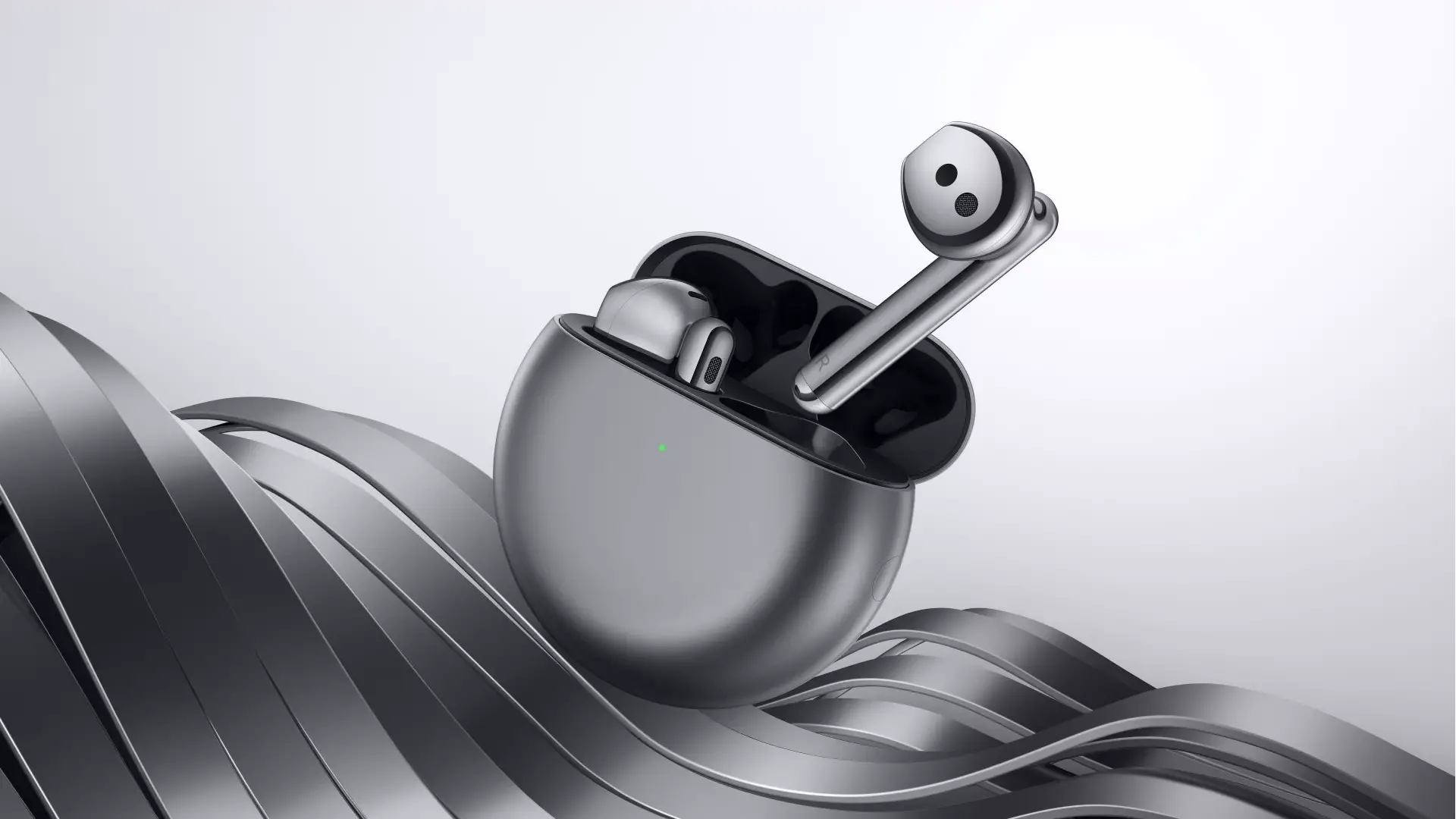 Huawei FreeBuds 4 Review
Huawei FreeBuds 4 Review
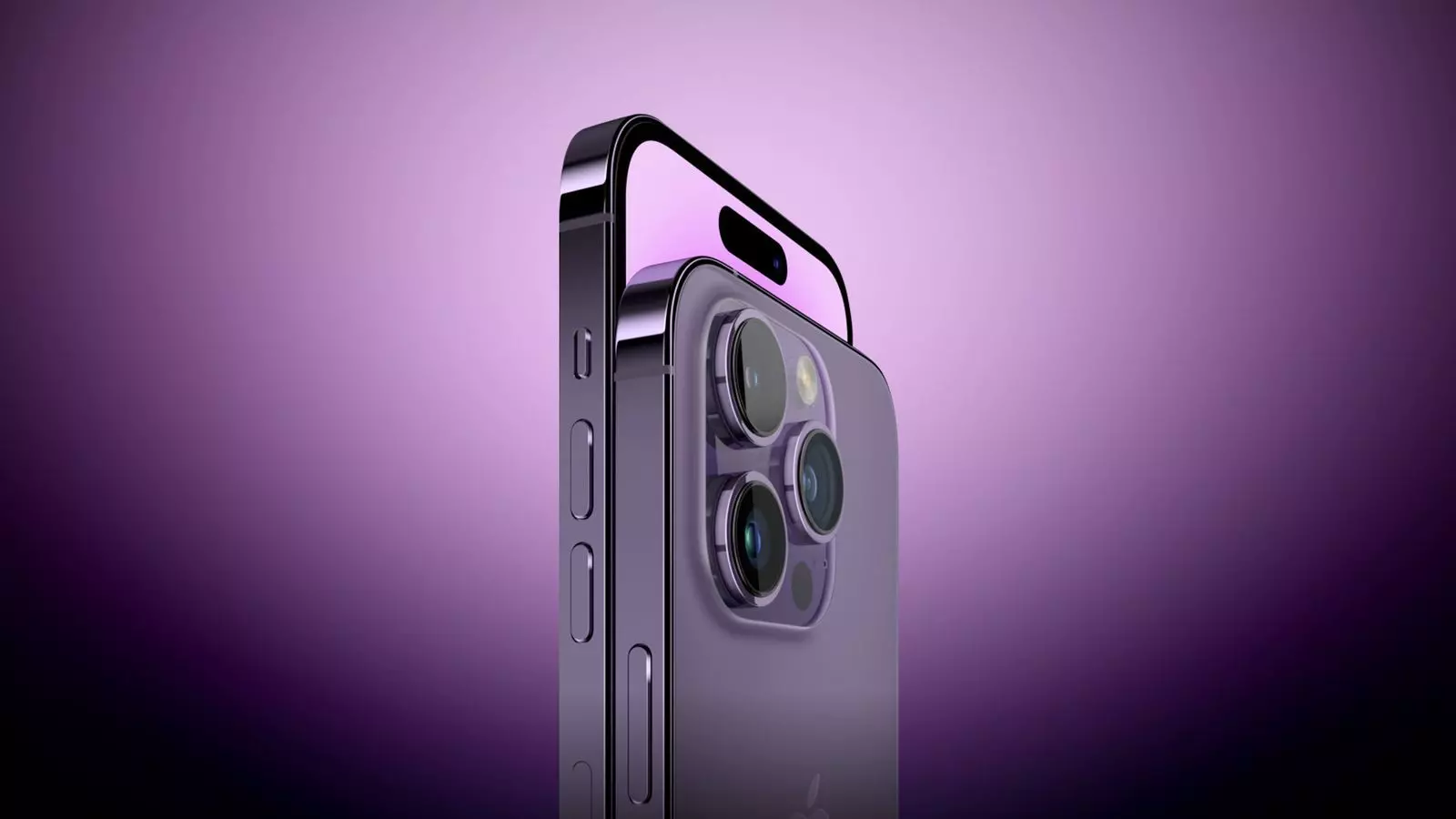 Apple iPhone 14 Pro Max Review
Apple iPhone 14 Pro Max Review

